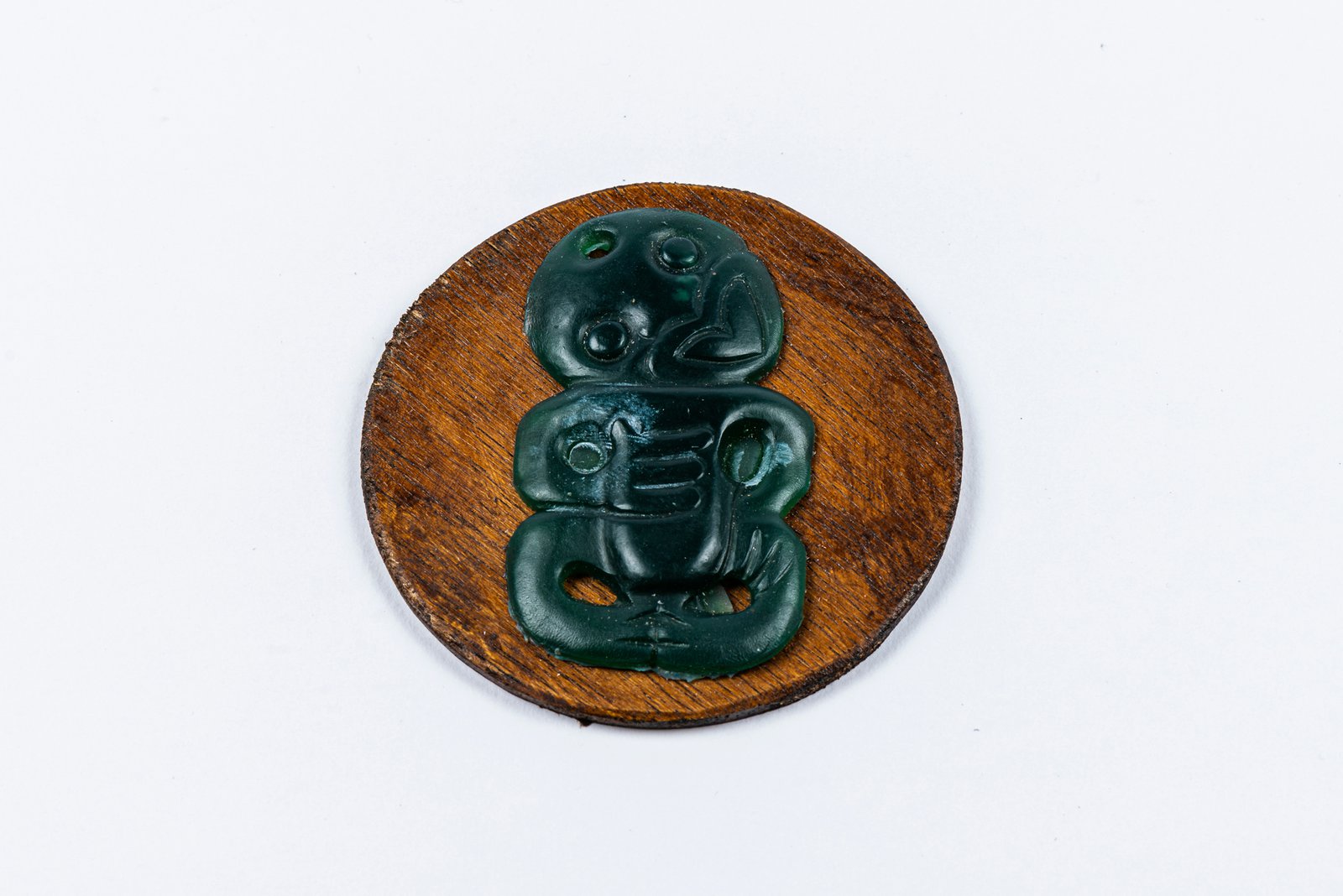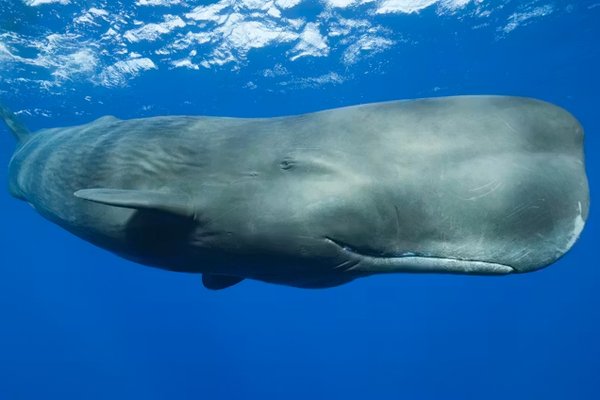Nau mai Haere mai ki te maumahara koutou te ra o Waitangi

© Australian Museum
Greetings to you all, we would like to acknowledge the Gadigal people, custodians of the land on which the museum stands, and from where we acknowledge Waitangi Day on Sunday the 6 of February.
People from across New South Wales acknowledge Waitangi Day as being the first day the document was signed that enabled the Maori People and the Colonial subjects from Britain to form a society together in Aotearoa (New Zealand).
However, interpreting the treaty has not been without controversy with references differing between the English translation and the official Maori language documentation.
Here at the Australian Museum, Maori culture and artistry is recognised in one way through the public display of our collection.
Beginning in 200 Treasures of the Australian Museum in the Westpac Long Gallery, we find finely carved greenstone clubs called mere pounamu.

Mere pounamu - Greenstone clubs, made of pounamu (nephrite jade).
Image: Stuart Humphreys© Australian Museum
As a raw material pounamu or green stone is revered by Maori for its strength and beauty. The finest grades can be seen in our collection sourced from the Arahura river in the South Island of New Zealand, fashioned into Mere, a shorthanded weapon of high value and great prestige, these treasures became a trade item in high demand. Originally the provisions of chiefs, Mere are a symbol of status and rank amongst Ariki who cared for and protected their people with great diplomatic prowess.
In the same exhibition you will find Hei tiki or greenstone pendants.

This object is a replica of a pounamu (greenstone) hei-tiki (ornamental neck pendant) of the Māori people of New Zealand. Pounamu is highly valued by Maori people for its strength and hardstone carvings made from it play an important part in Maori culture and are considered taonga (treasures). Tiki refers to the shape and hei means ‘to wear around the neck’. There are many theories about what the tiki form represents. Some people believe it represents the unborn child and that it is a powerful spirit for warding off bad luck. Some believe it may represent the first human. In this form the tiki’s head is inclined toward her right shoulder, her three-fingered hands are folded across her waist and her three-toed feet are joined together.
Image: Abram Powell© Australian Museum
Hei tiki are suspended around the wearers neck, symbolising the first human in Maori culture. They are heirlooms handed down from generation to generation and worn during gatherings and special occasions featuring a stylised human figure in a foetal position.
On Level 2 in the Pacific Spirit exhibition, we have two Ancestral house carvings or Poupou.

The Pacific Spirit Gallery is officially opened by Minister for Foreign Affairs, the Hon. Julie Bishop MP featuring the world’s finest collection of rare Malagan funerary masks from Papua New Guinea. Drawing on the Museum’s extraordinary Pacific collection, rated as one of the most significant in the world with over 60,000 objects, Pacific Spirit showcases both the Museum’s historic and contemporary Pacific collections and the Museum’s deep engagement with Pacific communities.
Image: James Morgan© Australian Museum
These carvings are carved out of the totara tree (Podocarpus totara) which provided Maori with large straight grained wood that is resistant to rotting.
These two Poupou are carved in the Ngati Pourou tribe’s Iwirakau school of carving style. Poupou are highly stylised, the carvings are normally situated on the sides of the ancestral house or wharenui.
The carvings are meant to represent Ancestors of the iwi/hapu (tribe/subtribe) that the house is dedicated to, usually the people of the land on which the house stands but, in some instances, particularly when ancestral houses are constructed away from Aotearoa these houses usually will feature a conglomerate of famous eponymous Ancestors.
Wharenui are central to Maori culture and identity, they give families a centralised place to celebrate kinship, history and to grieve for loved ones who have passed away among many other cultural practices and observations.
We invite our Maori community members and all friends of the Australian Museum to visit the priceless objects that are on display.












